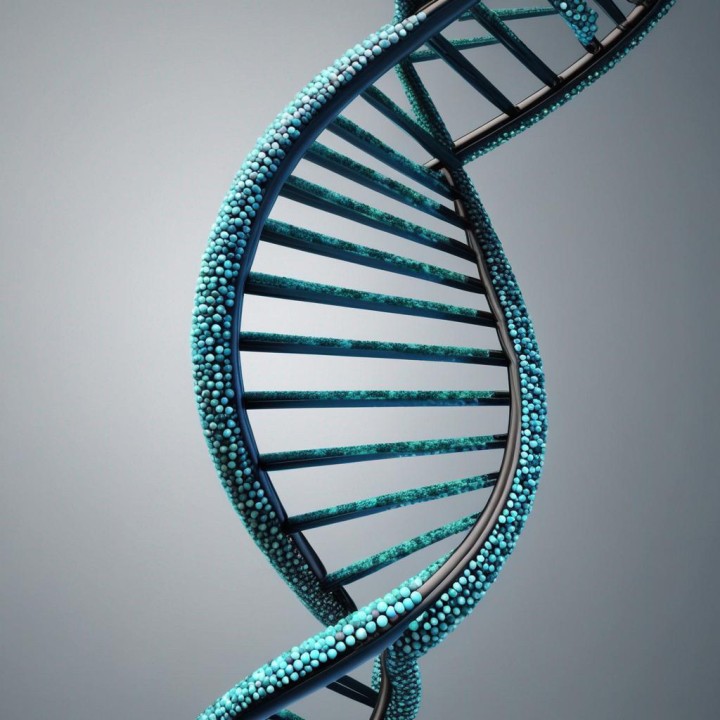
Athletic prowess, a multifaceted trait, emerges from a delicate interplay between genetic predispositions and environmental influences. Central to this phenomenon are the intrinsic qualities of skeletal muscles, including their composition of muscle fibers, which dictate an individual’s athletic capabilities.
Skeletal muscles, comprising both slow-twitch and fast-twitch muscle fibers, exhibit distinct functionalities crucial for various athletic endeavors. Slow-twitch fibers excel in prolonged, endurance-based activities like marathon running, owing to their sustained contractile abilities. Conversely, fast-twitch fibers, characterized by rapid but ephemeral contractions, are indispensable for explosive bursts of power in activities such as sprinting.
Emerging from familial studies, including twin analyses, is the revelation that genetic factors contribute significantly, accounting for 30 to 80 percent of the interindividual variability in athletic traits. Among the extensively studied genes, ACTN3 and ACE stand out for their pivotal roles in shaping athletic performance.
The ACTN3 gene encodes the alpha-actinin-3 protein, predominantly expressed in fast-twitch muscle fibers. Variants in this gene, notably the R577X polymorphism, influence muscle fiber composition. Individuals harboring the 577XX genotype, characterized by the absence of alpha-actinin-3, often exhibit a higher proportion of slow-twitch fibers, potentially conferring an advantage in endurance activities. Conversely, the 577RR genotype, associated with an abundance of fast-twitch fibers, tends to favor athletes reliant on strength and speed.
Similarly, the ACE gene, encoding angiotensin-converting enzyme, modulates muscle function through its influence on angiotensin II levels. The ACE I/D polymorphism, affecting enzyme activity, reveals distinct patterns—DD, II, and ID—each linked to varying athletic attributes. The DD pattern, characterized by elevated angiotensin-converting enzyme levels, correlates with a predisposition towards fast-twitch muscle dominance and enhanced speed.
Beyond ACTN3 and ACE, numerous genes with diverse functionalities have surfaced in the realm of athletic genetics. These genes orchestrate an array of physiological processes, encompassing muscle function, energy metabolism, neuronal communication, and cellular homeostasis.
In unraveling the genetic blueprint of athletic performance, researchers continue to decipher the intricate nexus between genes, physiology, and performance outcomes. By delving deeper into the genomic landscape, we inch closer to understanding the nuances underlying athletic excellence, offering insights that may shape training regimens, talent identification strategies, and personalized approaches to athletic development.

